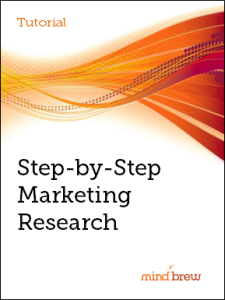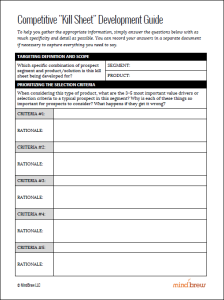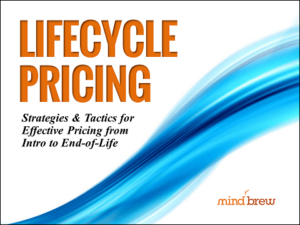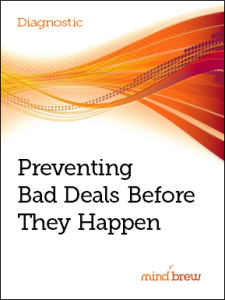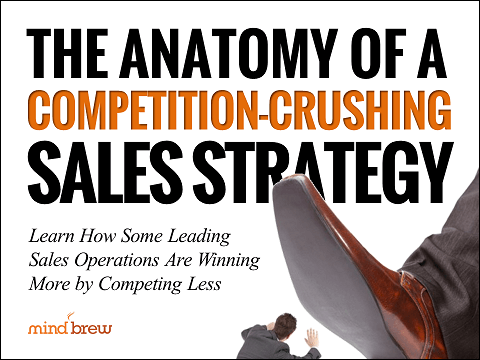If you want to have a lot of fun with your marketing team, spend a couple of hours on a Friday creating some marketing personas. Gather everyone in a room (with some good snacks) and brainstorm about your ideal customers. How many kids do they have? What are their pets’ names? What did they have for lunch? Try to get inside their heads. It’s guaranteed to be a lot of fun—whether or not this process is actually helpful is another story.
In a recent survey, nearly half of B2B companies (44 percent) said they had gone through a persona-generating exercise like this, and nearly three-quarters said they planned to do so over the next twelve months. Marketing experts of all kinds are advising B2B organizations to create these personas, and they are quite willingly going along.
Unfortunately, most of the personas created this way stink.
While personas have taken off in the last decade or so, this really isn’t a new idea. Since time immemorial, writers (including copywriters) have been advised to imagine a single individual for whom they are writing. It’s a tried-and-true technique that really can yield benefits.
But sadly, most B2B marketers are developing these personas the wrong way. They are basing their personas on internal brainstorming sessions like the one we described above rather than on actual research. It’s not a surprise—after all it’s a lot more fun to sit with your marketing friends and play make believe than to sort through data and (horrors!) numbers. However, if you really want your personas to be valuable to the business beyond their effectiveness as a team-building exercise, you’re going to have to do some research.
In that same survey we cited earlier, only 15 percent of the companies who had created personas rated them as “very effective.” Many people said they weren’t sure how to use them or were still learning how to make them effective.
To make your personas more effective, you need to spend less time imagining what Larry from purchasing named his iguana and more time researching what Larry actually does when it’s time to make a purchase. You probably already have access to data that tells you things like how long it takes him to make a decision and what websites he visits before coming to yours. A quick survey or a few interviews could add information like how long he has had his job, the job title of his supervisor, who else is involved in the decision-making process, his expectations, things that make him feel skeptical, his problems and frustrations, what he does during a typical day, and the key factors in his buying decision.
These sorts of research-driven insights are far more valuable because they allow you to craft advertising materials that speak directly to common needs and pain points in your target market. It can also help you create competitive kill sheets that can help both marketing and sales differentiate your company from the competition in ways that are likely to drive more sales.
We don’t want to discourage anyone from creating personas. They can be a valuable part of your customer segmentation process, and they can help you create very effective marketing materials. Just don’t forget to do your research first.

